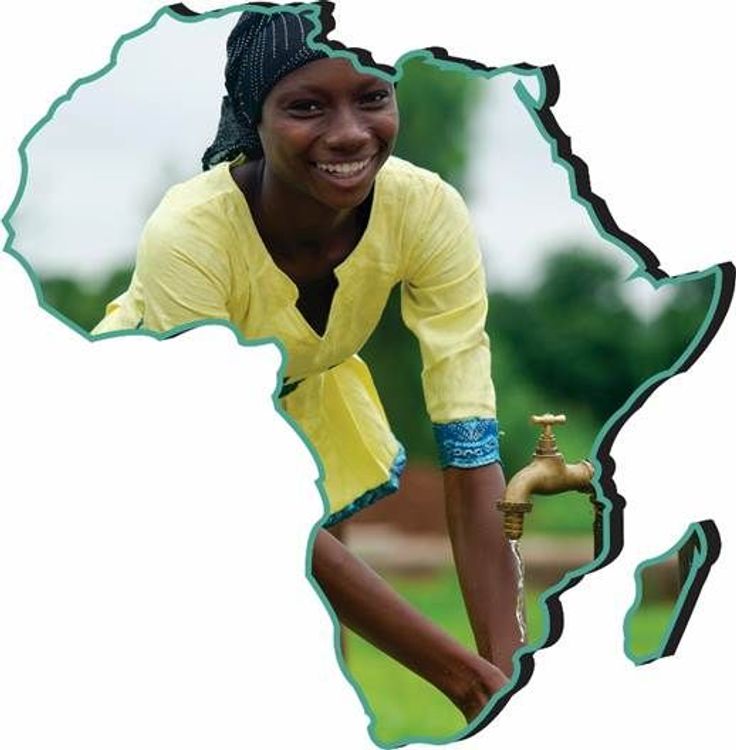Mapping the sanitation regulation framework across Africa
Contributed by Yvonne Magawa, the Eastern and Southern Africa Water and Sanitation (ESAWAS) Regulators Associatio

Contributed by Yvonne Magawa, the Eastern and Southern Africa Water and Sanitation (ESAWAS) Regulators Associatio
